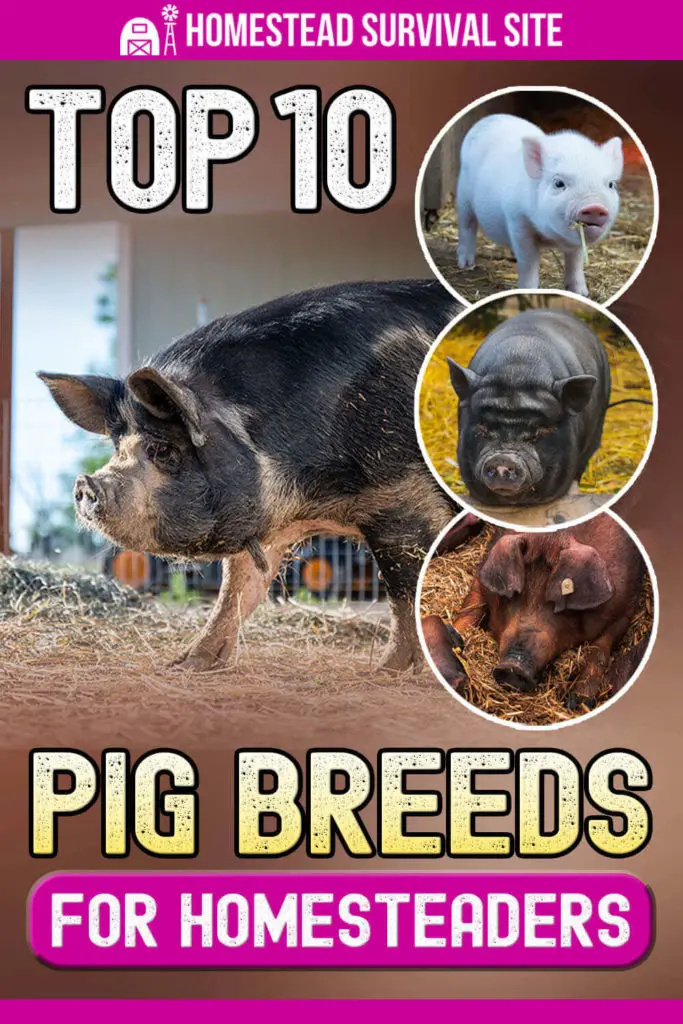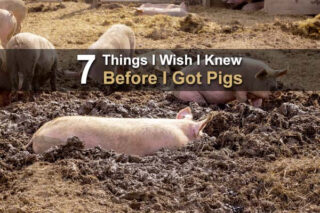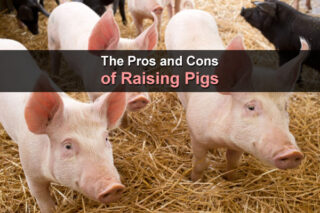Estimated reading time: 8 minutes
Raising pigs is a natural choice for many homesteaders who are somewhat established and have tried their hand at poultry. Pigs are a great addition because they aren't too picky about their home and will become the resident garbage disposals of the land.
Even if you have picky kids or forgot to use that produce in the fridge, it is nice to know that nothing will go to waste with a pig on the homestead.
Raising pigs is fun and quite enjoyable, given their unique personalities and traits. Most homesteaders raise pigs for meat and may want to raise a few extra to help cover the overall cost. When learning how to raise pigs, it is important to familiarize yourself with the top breeds to choose from.
Sometimes, finding piglets in your area can be tough, so you may not have your top choice of breed. Learning what each breed offers is essential in raising your first set of pigs.
Want to save this post for later? Click Here to Pin It On Pinterest!
American Spotted
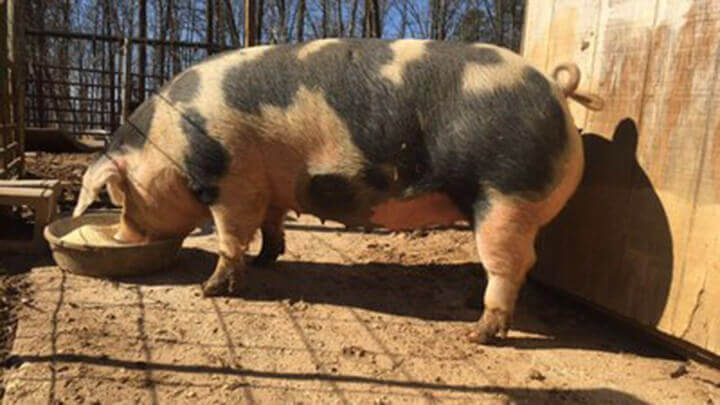
A fun breed for homesteaders to raise is the American Spotted pig. This breed comes from the Gloucestershire Old Spot Pig and is white in color with at least one black spot. American Spotted pigs do well on pasture, and their mature weight is around 500 pounds.
They are docile and easy to keep, making them a good choice for homesteader newbies. American Spotted love to graze and forage as well. Make sure that their area has plenty of shade to prevent sunburns.
American Yorkshire
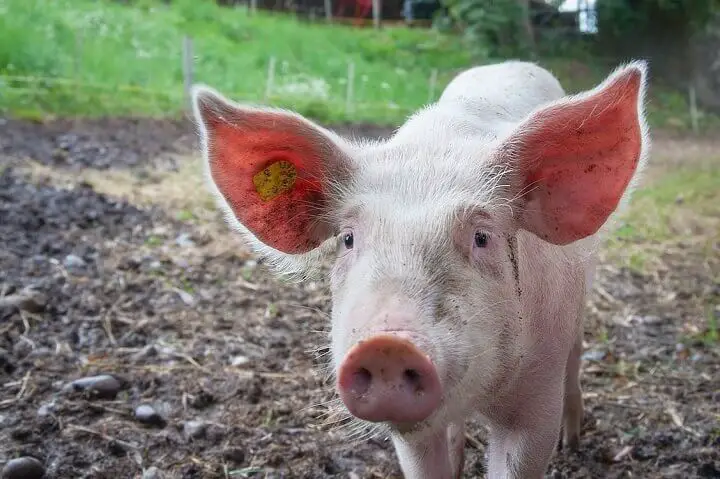
As the most popular breed in America, the American Yorkshire pig is probably the one you immediately think of. Yorkshires have pink skin, white hair, less back fat, and more bacon than other breeds. They are great mothers and produce large litters, which could benefit the homestead.
A big part of Yorkshire pigs is their ability to adapt to multiple climates, making them a good choice for homesteads all over the country. At mature weight, they can range from 600-800 pounds!
Berkshire
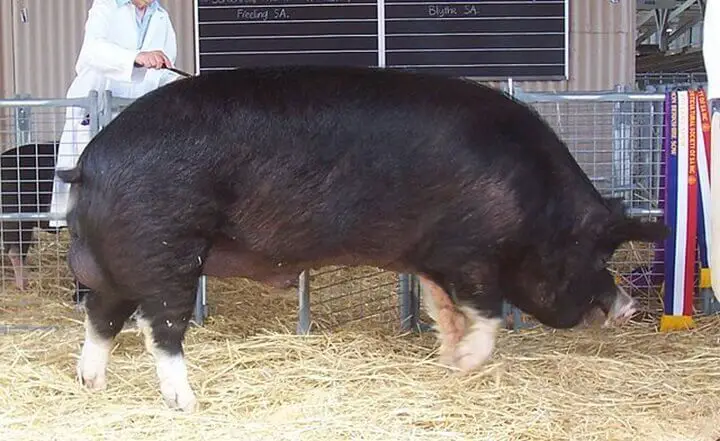
Berkshires are easy to spot as a heritage breed with their black bodies and white faces and feet. They are a good pig for meat, thanks to their marbled cuts that are super tasty. Berkshires have an easy-going temperament and are hardy enough to withstand cold temperatures.
They are also intelligent and can forage well for food if given the space. These pigs reach about 600 pounds at maturity, so ensure you have enough room and the right equipment to handle this larger breed.
Chester White

Used primarily for crossbred commercial pork, Chester White pigs are another good option for homesteading. They appreciate the focused attention that a homesteader brings.
Chester Whites are durable and docile, making them an all-around good pig. Their coloring does make them more susceptible to sunburns, though. Chester Whites grow quickly, which means more feed is required but less amount of time from birth to harvest.
Duroc
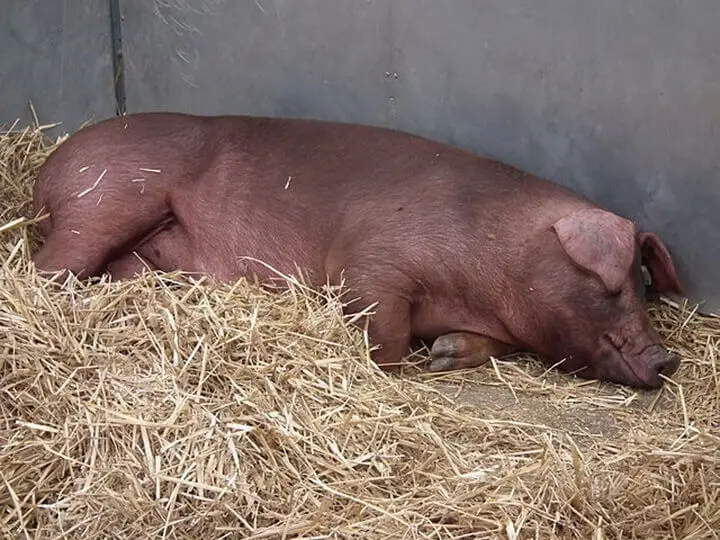
If you are looking to raise a lot of meat in a short amount of time, the Duroc breed is a perfect fit. These pigs are the second most popular pig in America and are known for their solid red color and thick hair.
They gain weight quickly, meaning that you can run multiple rounds of them in a year. Durocs are an excellent choice for homesteads with less tree coverage and shade since this breed doesn't sunburn as easily as others.
Hampshire
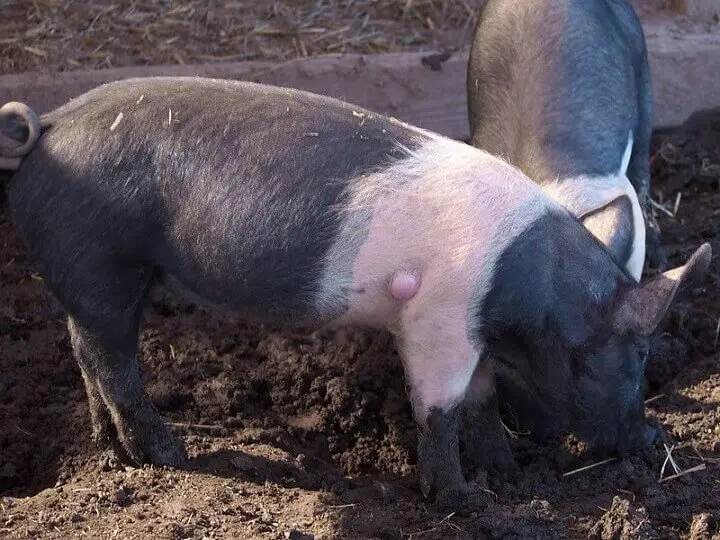
Homesteaders also like to choose Hampshire pigs for their first time raising pork, thanks to the pig's smaller size. Hampshire's are black with a white belt around the shoulders and possibly on the legs. They have a large loin and less back fat since it is an overall leaner breed.
Hampshires are naturally curious and easy to keep, making them a good choice for the homestead. They are known for their meat-producing abilities and don't offer much lard. Hampshire pigs top out at about 400-600 pounds at maturity.
Hereford
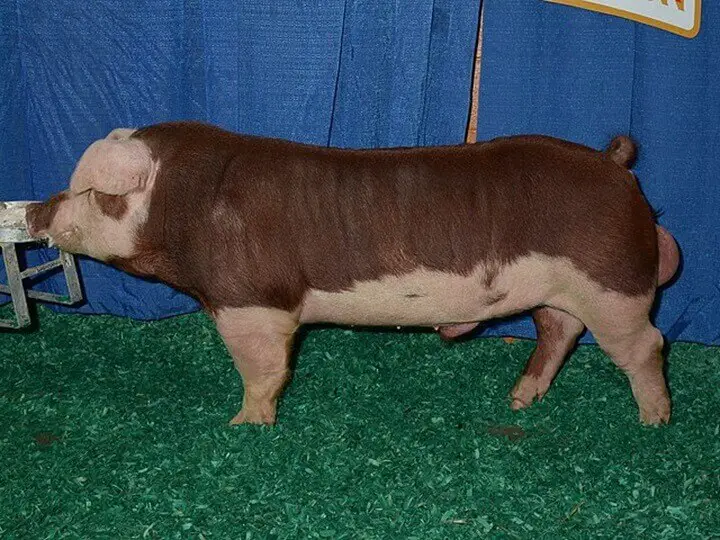
Many homesteaders choose a tried and true breed like the Hereford pig. This breed was the main star of commercial pork until other breeds became more popular. Hereford pigs have red bodies with white faces, bellies, and legs.
They are very hardy and have a calm personality, which is good if raising pigs on a farm with kids. Herefords like to graze and don't require as much feed as other breeds. They also make great mothers if you want to try your hand at breeding.
Landrace
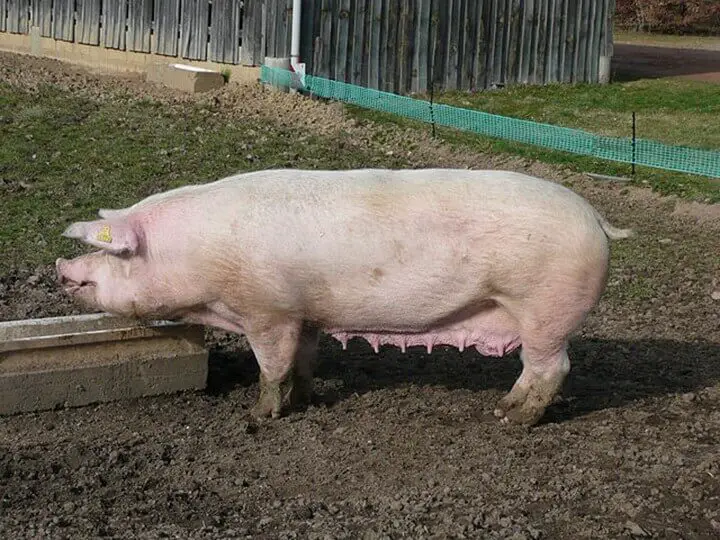
The Landrace breed is a good choice if you want more loin chops and bacon in the freezer. These large white pigs grow lean and long rather than stout and plump.
They are great mothers and have large litters, making them a good choice for breeding as well. Landrace pigs need more shade to protect them from sunburns.
Large Black
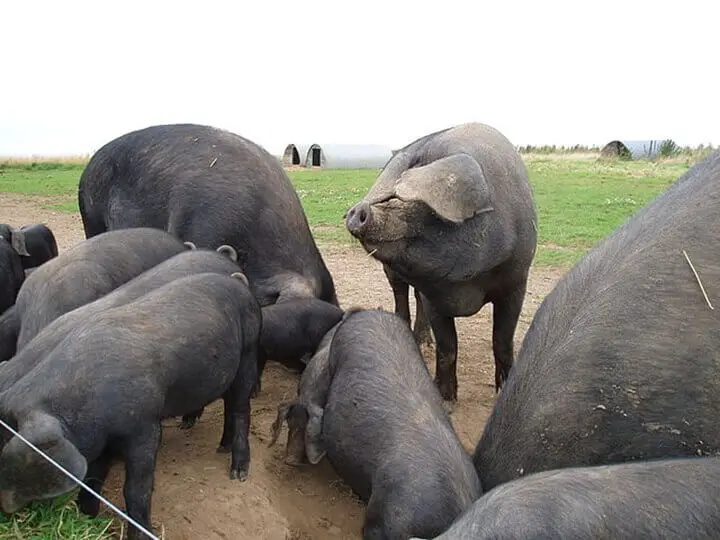
Even though it is about the most uncreative name for a pig, the Large Black breed is a favorite of homesteaders. Beyond their descriptive name, these pigs have floppy ears that cover their eyes and grow slower at about 9-12 months for mature weights.
Large Blacks forage well, are hardy, and adapt to change when needed. If you have a large pasture or wooded acres for pigs, the Large Black is a great choice.
Tamworth
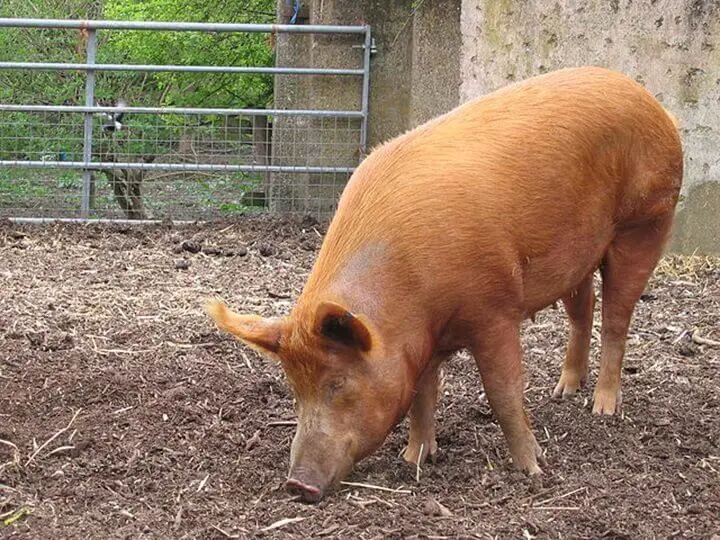
If you are looking for a smaller-sized pig for the homestead, consider the Tamworth breed. This pig provides a good amount of bacon along with lean cuts of meat.
Tamworth pigs usually are reddish in color, from light to dark shades, and don't usually have spots. They have erect ears and an elongated snout as well. Tamworths forage well, meaning that they can find some food on the land and require less feed.
Final Thoughts
While these are our choice for the top 10 pig breeds for homesteaders, there are plenty more options available that may be the right choice for your land.
When choosing a pig breed, make sure that you understand the overall size and growth rate as well as the natural preferences of the breed in terms of husbandry and foraging capabilities.
Raising a few pigs to start is a good way to learn how to care for these animals and then make changes for larger teams in the future.
Like this post? Don't Forget to Pin It On Pinterest!



